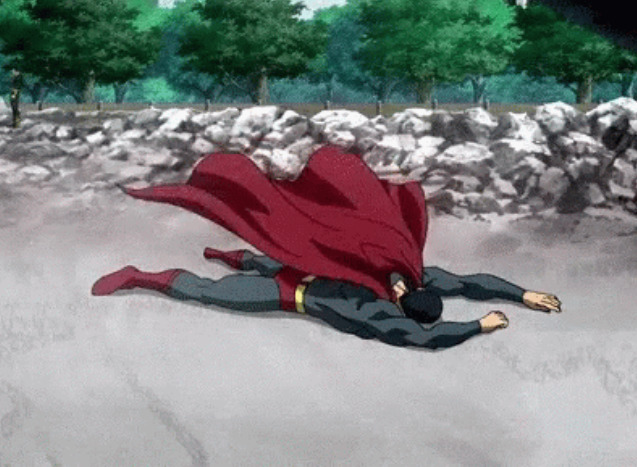Hindsight is 2020
My Top Ten Nine Art Experiences of the Year
It’s a tradition to end the year with Top Ten lists. Artforum dedicates its December issue to reviewing the year in film, music, and art. The New York Times art critics just published “The Most Important Moments of 2020.” The following is a list, in no particular order, of my personal not-quite-ten most significant art experiences of 2020.
1. PROJECTS 110: MICHAEL ARMITAGE at MOMA
Last winter, before MOMA closed for the lockdown, a friend and I were debating whether or not to pay full admission to MOMA that day when there was nothing in particular we planned to see. Then, we were gifted tickets d’occasion by strangers leaving the museum. We went to the top floor and worked our way down, weaving through the crowds. Once again on the first floor, we turned into a gallery where there were eight large Michael Armitage paintings and almost no people. Wow. They did what paintings have the potential to do to me but seldom do: Disorient. Interest. Excite. Agitate.
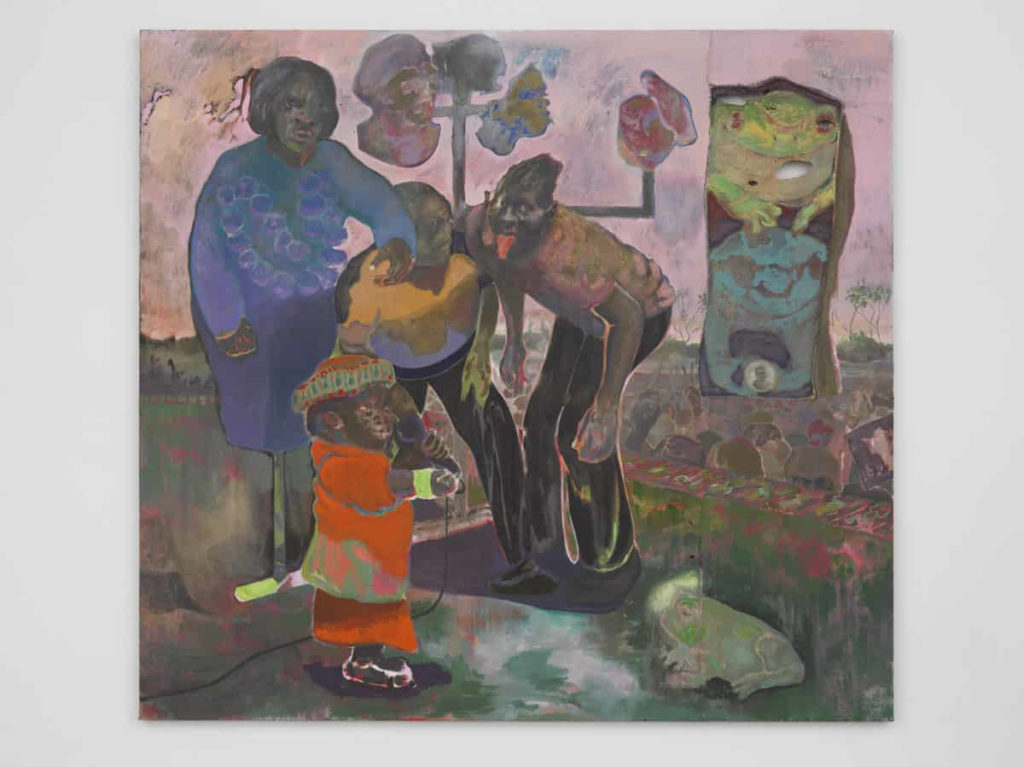
2. A GIF OF SUPERMAN
In February I found a GIF of Superman and wrote about it on my blog Village Disco. It remains one of my favorite works this year. I am sorry I cannot credit the makers of the GIF. This image has become my mind’s shorthand for a certain feeling: lying facedown on the dirt, defeated even after superhuman efforts. Everything is still in the GIF except for the cape moving in the breeze. I wrote, “If art is a designation, not market-made or requiring a special stamp, but determined by the way something lands in one’s sensibility, this is the best art I have seen this week or month or maybe ever. I can’t stop looking at it even though it hurts.”
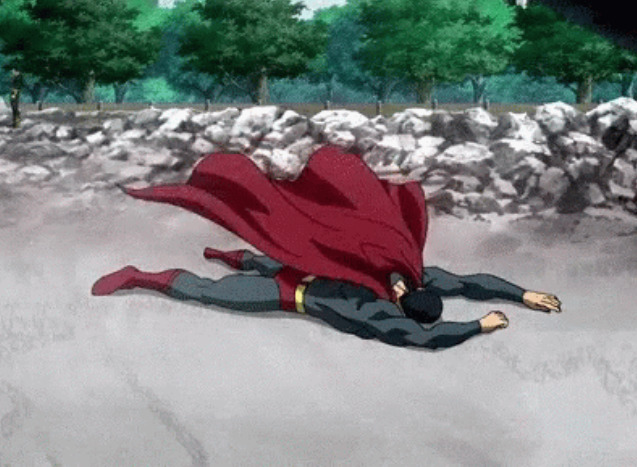
3. INSTAGRAM
So unlike everyone else on the planet, I was late to the Instagram party. I finally joined last winter, social media replacing social. Following @petershear and @folesdog I saw unfamiliar paintings by artists I know well (Fairfield Porter, Charles Birchfield, and Alex Katz) and I have discovered artists I had not known (Lois Dodd and Genieve Figgis). And who does not want to hear from Jerry Saltz at least three times a day? On Instagram I also gleaned inspiration in the form of serotonin and dopamine, from the goings on in space, skateboarding and parkour.
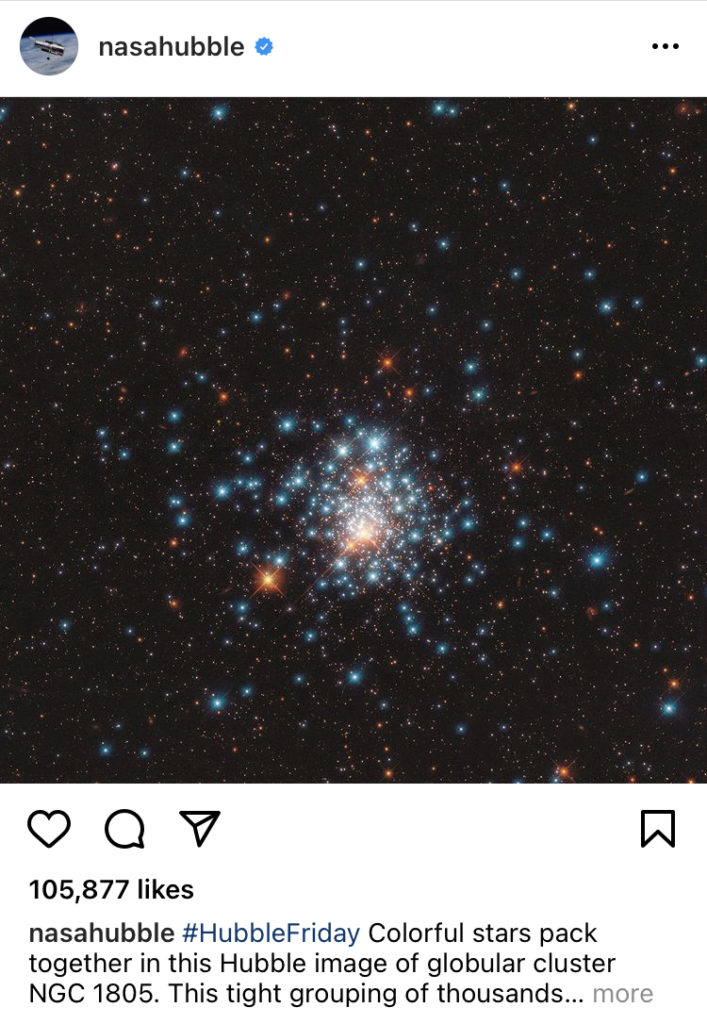
4. DAVID BLAINE’S BALLOON FLIGHT, ASCENSION
Because it was beautiful. (You can see a record of the live streaming here, though I find the idea of it, the still images, and the recollection of Le Ballon Rouge more moving than the video documentation.)
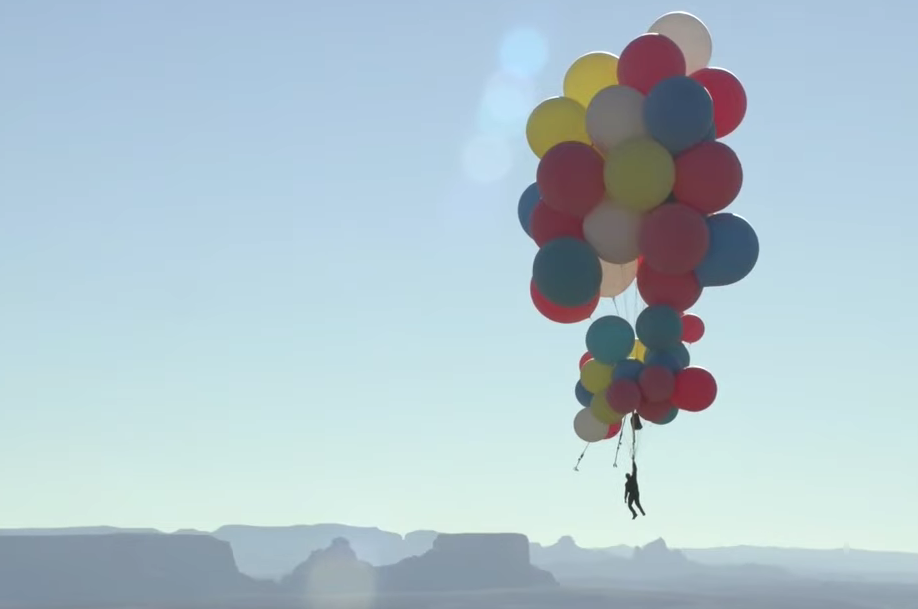
5. OUR OWN PRIVATE VIEWING ROOMS
Many artists working in the isolation of the lockdown found new modes to create, share or cloister in ways that will continue to influence us going forward. For big art venues, “online viewing rooms” became a thing. I wasn’t really having it because they felt just like websites you had to register to look at. On the other hand, my living room hosted a monumental Lego sculpture and I began using the walls of my bedroom to look at my old paintings, to face the ghosts of efforts past. I engaged in a kind of auto-art criticism, asking, in the words of the Joyce Carol Oats title, where are you going, where have you been? Ariel Claborn, an artist I knew but not that well, responded to my out-of-the blue text message asking if she would like to participate in a two-person, two-location exhibition that almost no one would see. “Sure,” she said. It would be an online exhibition called Bedroom Songs (play on Repeat). Not only was her spontaneous willingness to engage with the prompt inspiring, her response was whimsical, intimate and the song “Eyes Without A Face” remained stuck in my head for days.
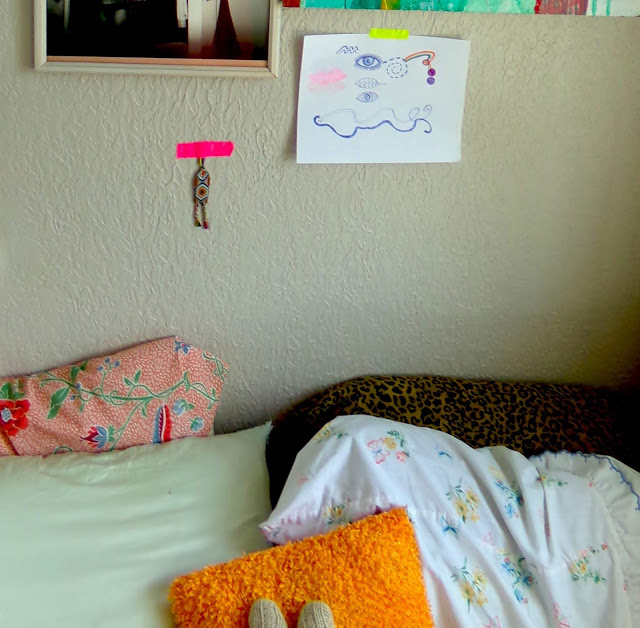
6. GEOFF DYER’S ESSAY “SPACE IN TIME”
I really like the way Geoff Dyer writes about art. I read “Space in Time” this year though it was published in White Sands, a collection of travel writing, in 2016. He writes from a point of experience rather than expertise, like a GoPro of his thoughts as he interacts with art or anything else. This essay describes his experience of The Lightning Field, the land artwork by Walter De Maria. He does not even mention the title The Lightning Field or the artist’s name for the first seven pages of the essay. It is a really good read and really good description of art situated in life.
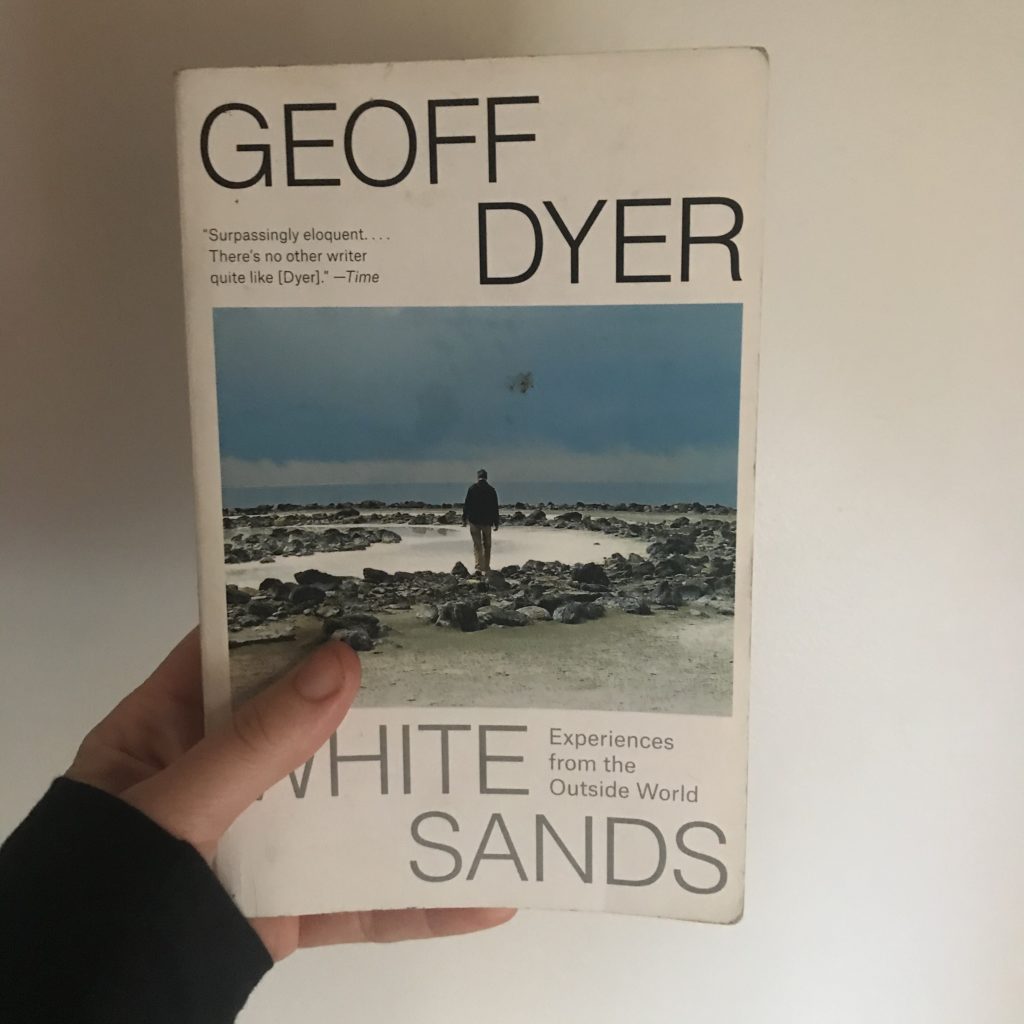
7. MIRANDA JULY IN 2020
Miranda July is made for a lockdown, or at least that is the impression I get. Her stories and performances have always articulated feelings of enclosure and isolation. She manages to be engaging on Zoom where her screen feels both public and intimate and she seems polished but vulnerable. In its various forms I encountered the work of Miranda July this year and it connected with me. I liked her Instagram posts. I liked rereading No One Belongs Here More Than You. I liked watching her Zoom conversation with Spike Jonze. I liked Kajillionaire and the creative, collaborative spirit with which she promoted the film, which was forced to come into this weird half-closed world.
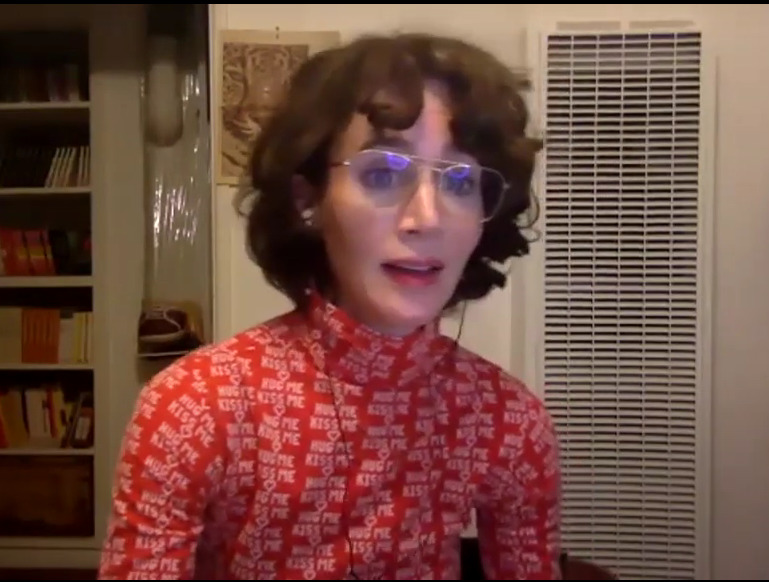
8. BLACK LIVES MATTER PLAZA
A lot of artwork came from the social justice movement(s) of 2020. The image, gesture, and coordinated effort of the BLACK LIVES MATTER street mural in Washington, D.C. might be my favorite. It is simple and stunning in caution yellow with a backstory of bold coordination between Mayor Muriel Bowser, city workers, and local artists. It’s everything I want public and political art to be. Bravo! Brava! Bravi!
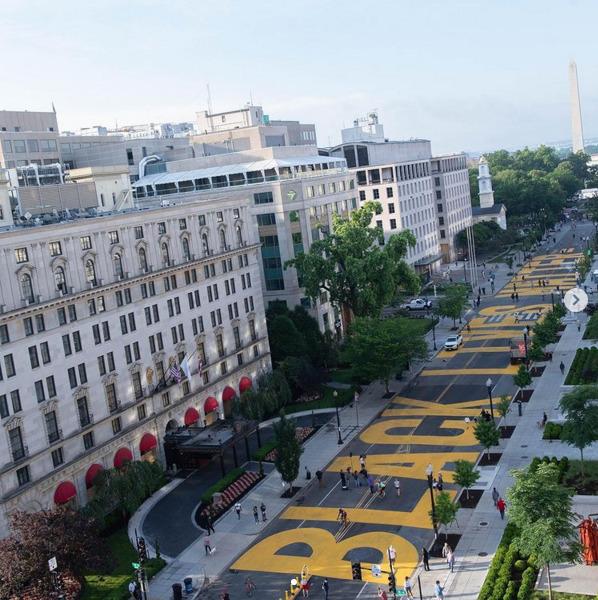
9. VIJA CELMINS: TO FIX THE IMAGE IN MEMORY at The Met Breuer
I saw this show just before 2020, like, the day before. Over the years, I’ve seen a number of paintings by Vija Celmins, more often in reproductions but also in person. What appealed to me when I first came across her work was the lack of color and brushstroke, the distilled quiet of her paintings. At that time I was, like her, making monochromatic paintings that were self-conscious of their photographic source. For a young artist, this similarity offered me kind of confirmation.
I liked the Met Breuer (now closed for good) and visiting this museum did not usually entail wading through a throng of tourists. I arrived unperturbed, ready be moved and interested in the art. It was no one thing that made this exhibition less than I thought it would be. First, there was so much work in the show that at some point the quiet and patient nature of Vija Celmins’s paintings and sculptures seemed redundant or excessive, the space super-saturated. And some of the work seemed like it should have been left in the archives rather than put on display. I am thinking of the giant eraser and a model of a burning house, which I thought depreciated the work around it. In a video on the Met website, Vija Celmins said, “I like a lot of retinal activity.” Maybe it was the excess of retinal activity that left me over-thinking and under-feeling. Maybe if I still lived in New York I would have enjoyed going several times, looking only at a single room or painting. The setting of a retrospective was the wrong one for me to have a meaningful engagement with her work. It reminded me of when I finally saw Bruce Springsteen in concert and thought, what are all these annoying people doing here? I left the concert early realizing I liked to listen to Greetings from Asbury Park alone, in my car. I think I prefer to see Vija Celmins in small, quiet shows, one painting at a time, or even in reproductions. Her work is of course worth a big retrospective but I was disappointed. I list it as a significant art experience because a significant experience is not always one in which your preferences are confirmed. Sometimes you show up and whatever you were looking for isn’t there.
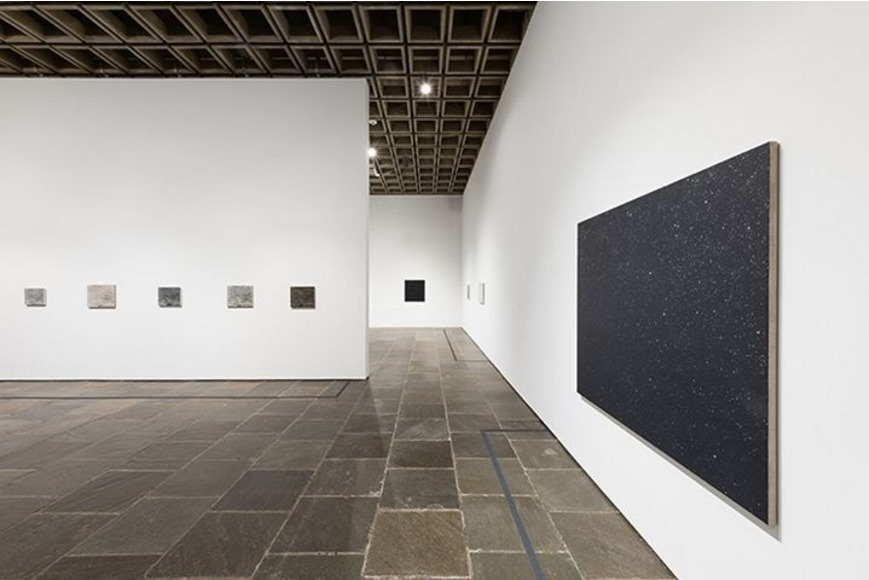
10….
I made a Top Nine list so I could leave a tenth spot open in the hope that I will encounter, in the last couple of weeks of this wretched year, something that will rock my world. Here’s to hope, to a new day and a new year.
Emily Farranto is a writer and artist. She started the art blog Village Disco in 2015 and her children’s book, Animals Mate, was published in July 2020.
